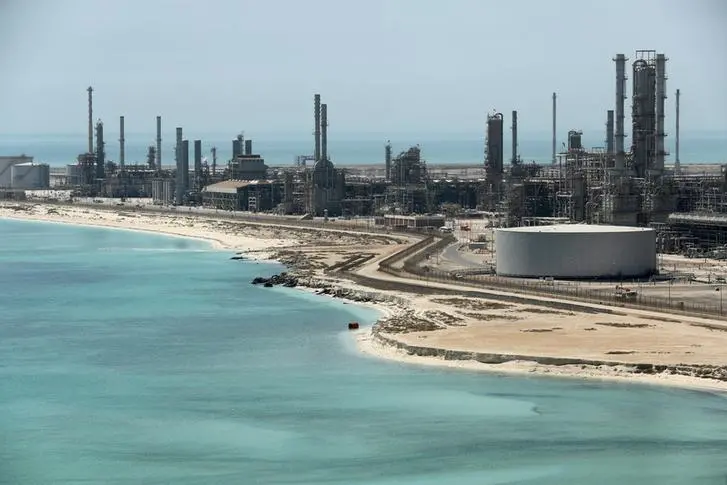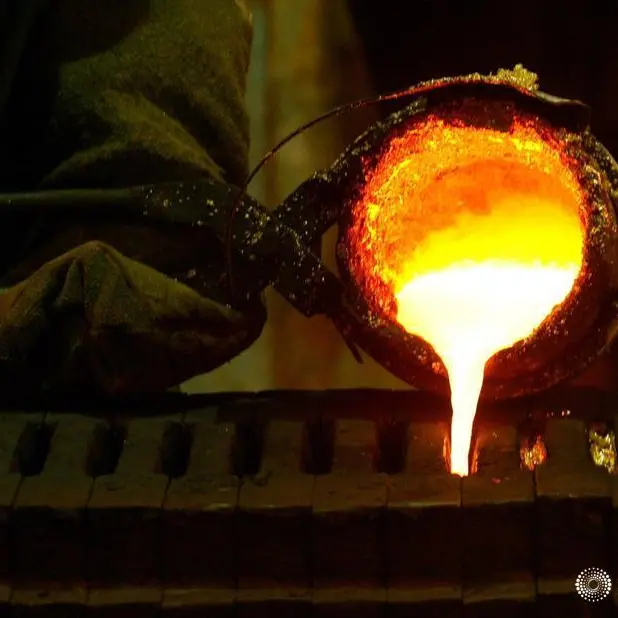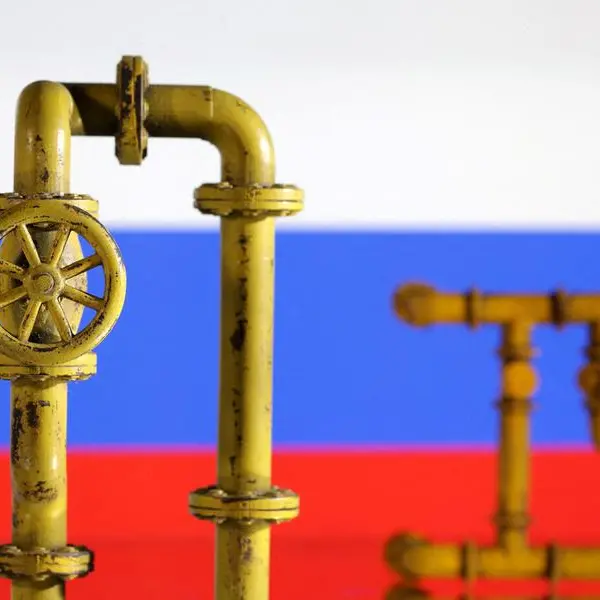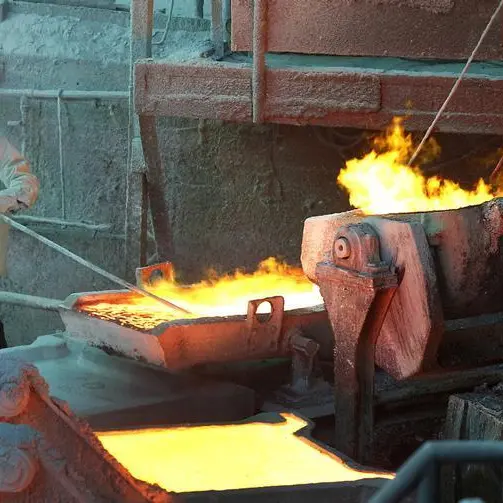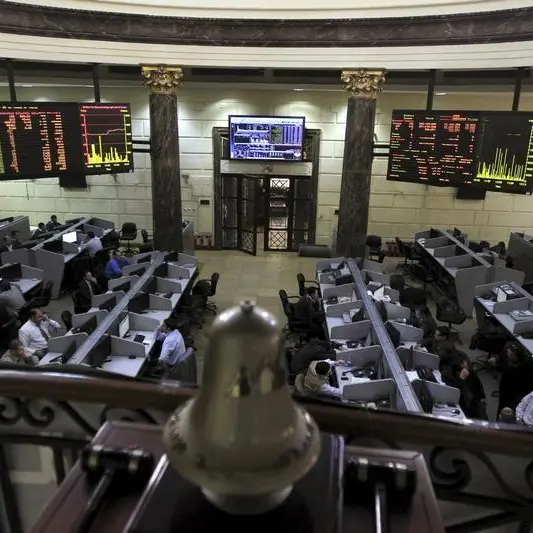PHOTO
Ever since the Kingdom of Saudi Arabia announced plans to float a stake in its crown jewel, the Saudi Arabian Oil Company (Saudi Aramco) in order to fund its Vision 2030 plan to diversify the kingdom’s economy there had been some doubts in the market as to whether the deal would ever proceed – particularly after Reuters reported last year that the team working on the IPO had been stood down.
Sceptics felt that the kingdom was wary of the kind of public disclosures it would have to make if it were to bring the company to market via a public listing. However, the government said that its plans had merely altered, with Saudi Aramco instead buying the 70 percent share in petrochemicals giant Saudi Basic Industries (SABIC) first, before eventually bringing a much bigger exploration, refining and chemicals giant to market.
That $69.5 billion deal concluded last week, and in order to pay for it, Saudi Aramco is issuing bonds into global debt capital markets which give investors a similar insight into the firm’s operations as an IPO would. With the prospectus for the bonds being published on Monday, what exactly does it tell us about the company?
Here are Zawya’s top five takeaways below.
It is huge, and hugely profitable
Of course, we all already knew that – given that the kingdom was reportedly seeking a $2 trillion valuation for Saudi Aramco. But the prospectus shows that Saudi Aramco was the most profitable firm in the world in 2018. It generated core revenue of over $315.2 billion in 2018, and with other income related to sales the firm’s total revenue stood at around $355.9 billion – an increase of around 35 percent on 2017, mainly on the back of higher oil prices.
Net profit to shareholders (the Saudi government) increased by almost 47 percent to just below $111 billion – up from $75.5 billion in 2017. Saudi Aramco also generated $121 billion in net cash from operating activities in 2018, and had free cash flow of $85.8 billion.
Its balance sheet for 2018 shows it has just shy of $359 billion worth of total assets, and total equity of over $274 billion. At the end of the year, it had more cash and equivalents (over $48.8 billion) than it had borrowings (around $27 billion).
Its reserves dwarf competitors
The prospectus states that not only did the company produce around one out of every eight barrels sold globally in the three-year period between 2016-18, its proven liquid reserves “were more than five times the combined proved liquids reserves of the five major IOCs” (international oil companies).
Based on a 40-year concession, with a 20-year extension period (subject to certain conditions) agreed with the Saudi government in December 2017, the company’s reserves comprise 201.4 billion barrels of crude and condensate, 25.4 billion barrels of NGL (natural gasoline) and 185.7 trillion standard cubic feet of gas.
Saudi Aramco produced the equivalent of 13.6 million barrels of oil per day last year, including 10.3 million barrels of crude, and it has some of the lowest production costs in the world, with upstream capex costs averaging around $4.70 per barrel last year.
The prospectus also showed the company is one of the biggest refiners in the world. It had a gross refining capacity of 4.9 million (net 3.1 million) barrels per day at the end of last year, but expects this to increase to 5.6 million (net 3.7 million) barrels per day once new capacity at its Jazan and PRefChem refineries is brought on stream by the end of this year.
It is its own biggest customer
Some 38 percent of the company’s upstream crude production is consumed by its own downstream business. Of the oil sold elsewhere, 71 percent went to customers in Asian markets. Of the 10.3 million barrels of crude produced last year, almost 3 million remained in the kingdom and just over 7.3 million was sold in international markets – 5.2 million in Asia, 1 million in North America and 864,000 in Europe. In total, it delivered oil to 37 different countries and made around $140.3 billion in revenue from international sales of crude in 2018.
It is making some heavy investments
Alongside the $69.1 billion it is paying for the Public Investment Fund’s 70 percent stake in SABIC – half of which will be paid in cash and the other half of which is being borrowed from PIF, repayable at the end of 2020 and 2021 – Saudi Aramco is investing heavily in capital expenditure. It invested around $35 billion in projects last year, including the construction of its new Fadhili gas plant. The prospectus said that although capital expenditure had been volatile globally between 2014 and 2018, in the Middle East it had been relatively unaffected. Around $8.7 billion of last year’s total spend was on expanding downstream capabilities, and the prospectus says such investment is likely to continue given the anticipated increase in refining capacity.
“The company intends to continue to expand its downstream business, including through acquisition, affiliates and international investments,” the prospectus said.
It is also investing in its brand. The prospectus says it will seek greater brand recognition in the energy sector.
“One aspect of this strategy is to introduce its brands to existing domestic and international marketing businesses, including at retail service stations,” it said.
It has attracted strong credit ratings
Given the amount of cash the business is throwing off, it is hardly surprising that ratings agencies see the company in a good light. The company has received a long-term issuer rating of A+ by Fitch Ratings and A1 by Moody’s Investors Service. In a note published on Monday, Moody’s said that the firm’s balance sheet had been “conservatively managed”, with a lower debt/book capitalization rate than even its most conservatively managed peers – notably ExxonMobil and Chevron.
Indeed, Rehan Akbar, a vice president and senior credit analyst at Moody’s said Saudi Aramco “has many characteristics of a Aaa-rated corporate, with minimal debt relative to cash flows, large scale of production, market leadership and access in Saudi Arabia to one of the world's largest hydrocarbon reserves”.
However, the firm said that Aramco’s rating had been “constrained” by the Saudi government’s lower sovereign rating of A1, “because of the close interlinkages between the sovereign and the company”.
Dino Kronfol, chief investment officer at asset management firm Franklin Templeton, said that the bonds “should be very well received” by investors.
In an emailed response to questions from Zawya, he said that Saudi Aramco represents a new source of credit investment from a region in which “most investors are chronically underweight”, adding that its credit metrics comfortably surpass the ratings assigned to it.
“Aramco’s operating metrics are unique, difficult not to appreciate, and the disclosure has exceeded expectations,” he said. “The ingredients are all there for a successful debut offering.”
(Reporting by Michael Fahy; Editing by Mily Chakrabarty)
Our Standards: The Thomson Reuters Trust Principles
Disclaimer: This article is provided for informational purposes only. The content does not provide tax, legal or investment advice or opinion regarding the suitability, value or profitability of any particular security, portfolio or investment strategy. Read our full disclaimer policy here.
© ZAWYA 2019
